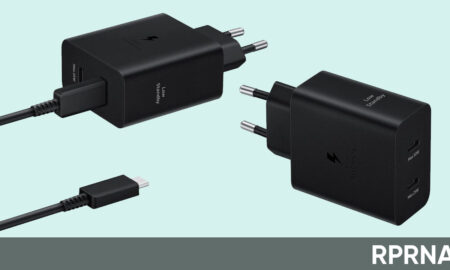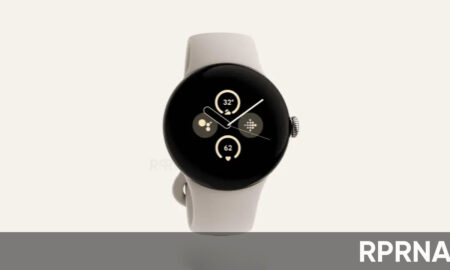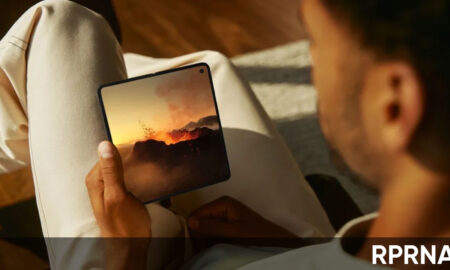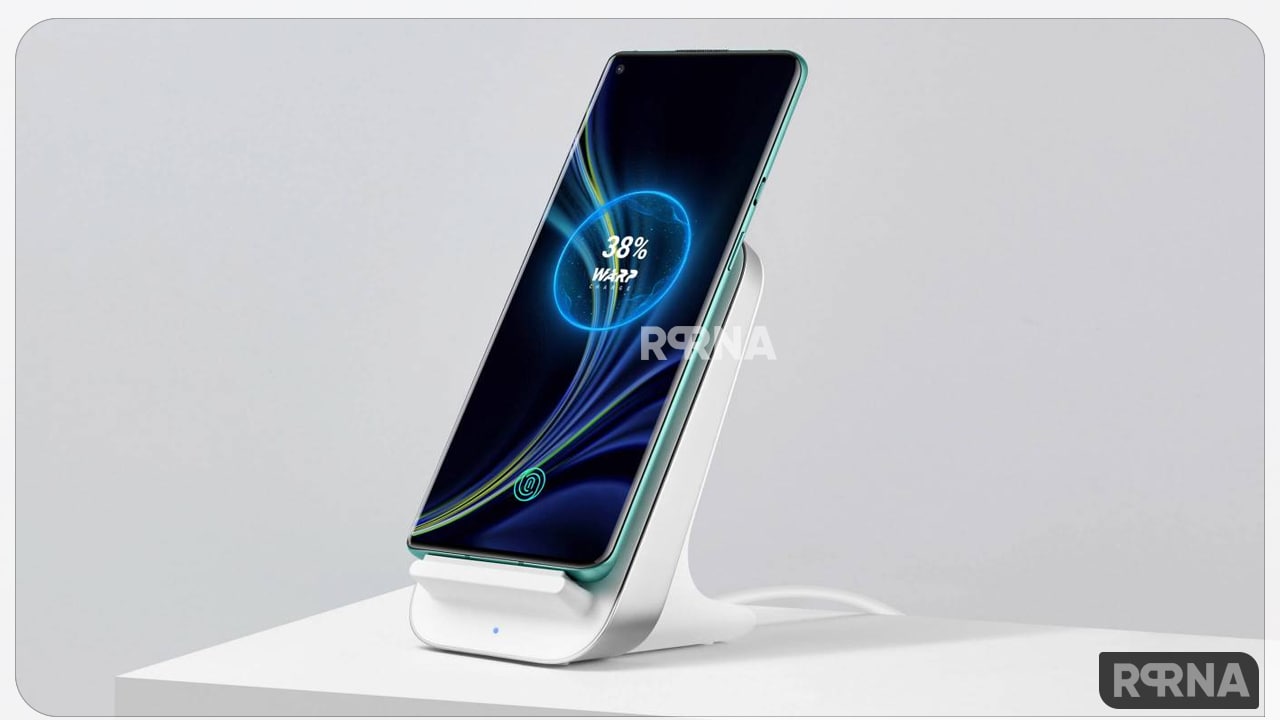Search results for "differ"
-

 668News
668NewsSamsung launches 50W dual port charging adapter to fuel two different Galaxy devices together
Key Points Samsung unveiled a new charger 50W dual port charging adapter that can fuel two different Galaxy devices at the same...
-

 479Wearables
479WearablesGoogle preparing to launch Pixel Watch 3 in two different sizes
Google Pixel Watch comes with several sophisticated features and capabilities, but the size of these wearables is the main concern of some...
-

 702Featured
702FeaturedSingle Take feature on Galaxy S24 Series works little different as compared to other Samsung phones
Single Take is an outstanding feature that lets you capture multiple shots of pictures and videos with just one tap, and now...
-

 551News
551NewsOnePlus Open behaves differently while browsing: is it a bug or a feature?
OnePlus Open recently made its way to the consumer platform and numerous tech analysts have started exploring the foldable. However, an interesting...
-

 2.7KNews
2.7KNewsIntroducing Fluid Cloud feature of OnePlus OxygenOS 14: A different take!
OnePlus has officially introduced OxygenOS 14 while running the closed beta program for its eligible devices. No doubt, the company is adding...
-

 1.7KNews
1.7KNewsNew Google Play Store feature shows app outlook for different devices
Google Play Store is getting some new enhancements on board that show the outlook of an app for different devices. As of...
-

 1.3KPhones
1.3KPhonesOnePlus Nord CE vs Samsung Galaxy A54: What are the big differences?
Samsung has just launched the Galaxy A54 smartphone on the user surface. The new mid-ranger is quite elegant in outlook and brings...
-

 1.6KNews
1.6KNewsHere’s how OxygenOS 13 Kid Space feature differs from One UI 5.0 Kids Mode
OnePlus and Samsung never misses a chance to benefit their users from all corners of the smartphone. Whether we talk about an...
-

 1.6KNews
1.6KNewsHere’s how OnePlus OxygenOS 13 Zen Mode differs from ‘Do Not Disturb’
Hey, OnePlus fans! Have you ever wondered how the OxygenOS 13 Zen Mode feature plays a vital role in your OnePlus smartphone?...
-

 891News
891NewsHere’s what makes OnePlus different from other Android phones?
OnePlus is a Chinese smartphone manufacturer that offers high-end features at affordable prices compared to other brands in the same segment. Not...
